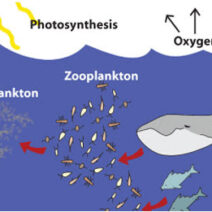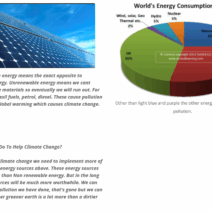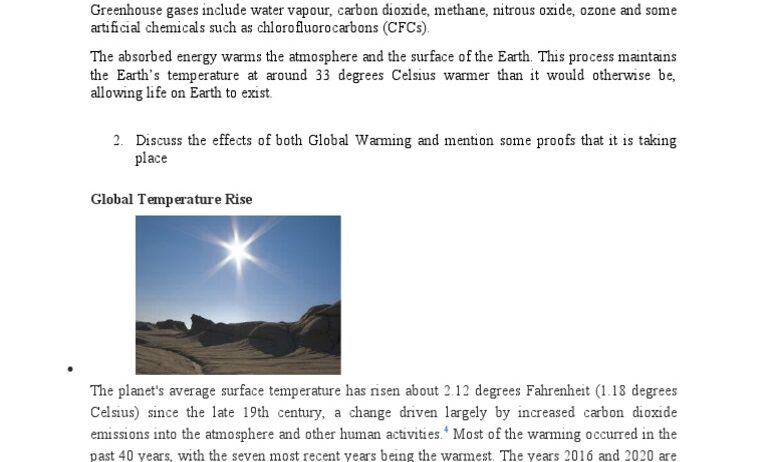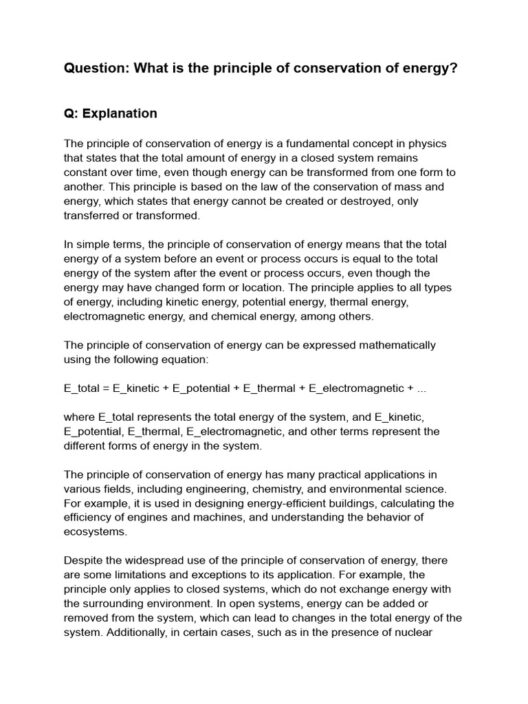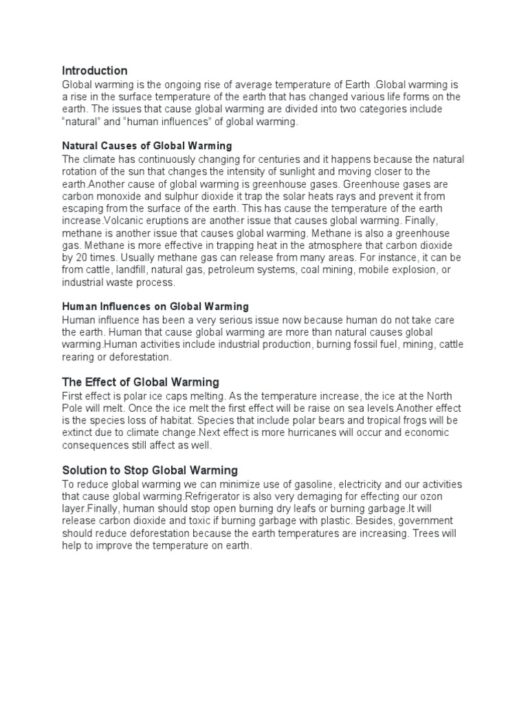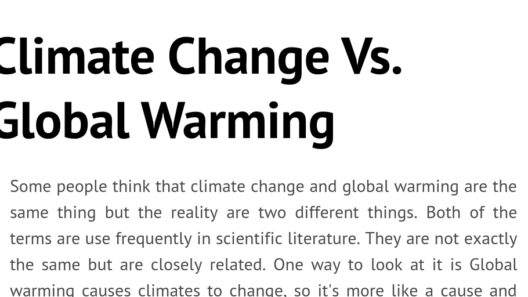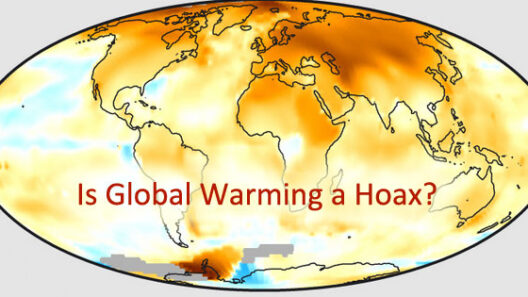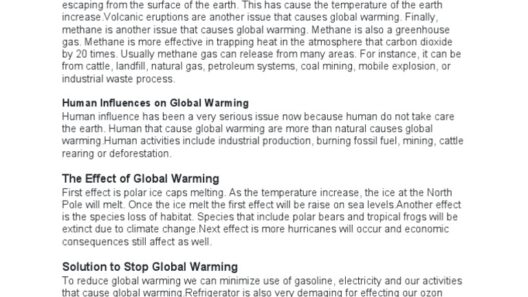Understanding the nuances of climate phenomena is imperative for fostering awareness and promoting sustainable practices. Among the most critical discussions surrounding our planet’s environmental health are the terms “climate change” and “global warming.” Though often interchanged in casual conversation, these concepts represent distinct, albeit interconnected, phenomena. This article delves into their differences and overlaps, unraveling their intricate relationship while inviting you to ponder the broader implications.
Climate Change: A Multifaceted Phenomenon
Climate change encompasses a broad spectrum of alterations in weather patterns over extended periods, typically decades or centuries. The term refers not merely to temperature shifts but rather to a complex interplay of atmospheric changes, including alterations in precipitation patterns, increased storm intensity, and variations in wind patterns. It embodies both natural climatic fluctuations and anthropogenic influences.
Breaking it down further, climate change manifests in diverse ways. From altered snowmelt timings affecting freshwater supplies to shifting agricultural zones that challenge traditional farming practices, its impacts are pervasive. The reality is that while the planet has experienced natural cycles of warming and cooling, the current trajectory is markedly accelerated due to human activities, chiefly the burning of fossil fuels, deforestation, and industrial processes.
Global Warming: An Element of the Bigger Picture
Global warming specifically refers to the Earth’s rising surface temperature due to increased concentrations of greenhouse gases (GHGs) in the atmosphere, primarily resulting from human actions. It is an essential component of climate change but does not encompass all phenomena inherent within it. The primary gases implicated in this warming trend include carbon dioxide, methane, nitrous oxide, and fluorinated gases.
The concept of global warming emerged prominently in the late 20th century, coinciding with the recognition of the significant role that human activity plays in exacerbating climate issues. Scientists have recorded a remarkable increase in average global temperatures, with the last few decades witnessing unparalleled warmth. This rise is not merely a statistic; it heralds a plethora of environmental consequences, including melting ice caps, rising sea levels, and disruptions to ecosystems.
The Interplay Between Climate Change and Global Warming
While distinct, the relationship between climate change and global warming can be visualized as a symbiotic one. Global warming acts as a catalyst for climate change, inducing a cascade of effects that contribute to the broader shifts we classify as climate change. As global temperatures rise, we seedramatic shifts in weather patterns—not just in average temperatures, but in the intensity and frequency of extreme weather events.
Consider phenomena such as hurricanes and heatwaves; they are increasingly becoming more severe due to elevated sea temperatures linked to global warming. Likewise, droughts in some regions and unprecedented rainfall in others also point to the shifting climate—a clear outcome of the warming planet. Thus, without addressing global warming, efforts to mitigate climate change can only reach a limited efficacy.
The Aesthetic Impact of Climate Change
Yet, beyond the scientific frameworks, climate change evokes an aesthetic response. Picture the stunning landscapes of glaciers, once resplendent in their majesty, now receding at alarming rates. Visualize the blooming of flowers increasingly out of sync with their seasonal cues, a dissonance that reverberates through ecosystems reliant on synchronization for survival. There is inherent beauty in our natural world, yet climate change casts a shadow over it, altering the balance and rhythms that sustain life.
Invoking a sense of urgency, consider the ecological ramifications. Wildlife face existential threats as habitats transform beyond recognition. Species that thrived in specific environmental conditions now must adapt or perish—a tragic narrative unfolding across the globe. This dynamic paints a poignant picture, urging humanity to reckon with its impact on the environment.
Proactively Addressing the Crisis: Solutions on the Horizon
Facing the dual challenges of climate change and global warming requires concerted global efforts. Comprehensive strategies must blend mitigation, adaptation, and community engagement. Transitioning to renewable energy sources, enhancing energy efficiency, and fostering sustainable agricultural practices will be pivotal in combating these environmental crises.
Moreover, education emerges as a crucial tool. Empowering individuals with knowledge enables them to engage in responsible practices, embrace sustainable choices, and advocate for policy changes that prioritize the planet’s health. Grassroots movements have shown that collective action can spur significant change, inspiring individuals and communities to take ownership of their environmental impact.
The Call for Collective Action
In conclusion, while climate change and global warming are frequently used interchangeably, they reflect different aspects of our planet’s climatic dilemmas. Understanding their distinctions is vital for fostering a more profound comprehension of environmental issues that our world faces. Both concepts are intricately woven into a larger narrative—a story of hope and resilience, yet fraught with challenges and urgency.
To protect the aesthetics of our planet, it is incumbent upon each of us to harness our knowledge and passion, committing to meaningful action. Only then can we strive toward a sustainable future that upholds the integrity of our shared home.
